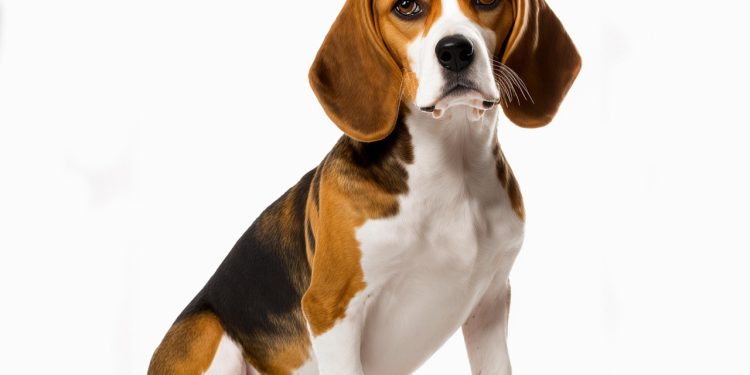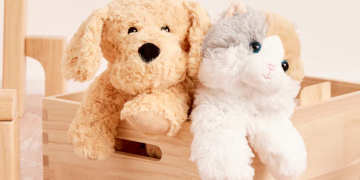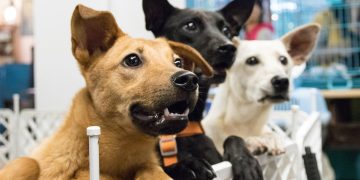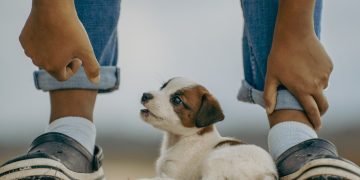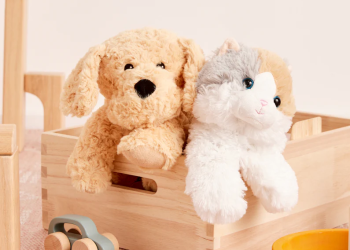Hydration is a critical aspect of your pet’s overall health and well-being. Just like humans, pets rely on water for various bodily functions, including temperature regulation, digestion, and nutrient transportation. Ensuring your pet stays properly hydrated can prevent serious health issues and contribute to a longer, healthier life. This guide explores the importance of hydration for pets, the signs of dehydration, and practical tips to keep your furry friend well-hydrated.
Why Hydration Matters for Pets
Maintains Vital Bodily Functions
Water is essential for maintaining bodily functions, such as:
- Temperature Regulation: Helps pets stay cool through panting and sweat (in areas like paw pads).
- Nutrient Transportation: Carries nutrients and oxygen to cells throughout the body.
- Joint Lubrication: Keeps joints flexible and reduces the risk of injury.
- Waste Elimination: Supports kidney function and helps flush out toxins.
Promotes Healthy Digestion
Water aids in breaking down food and absorbing nutrients. Proper hydration ensures smooth digestion and prevents constipation.
Prevents Urinary and Kidney Issues
Dehydration can lead to concentrated urine, increasing the risk of urinary tract infections and kidney stones. Staying hydrated supports kidney health and reduces these risks.
Enhances Energy Levels
A well-hydrated pet is more likely to feel energetic and playful, as water plays a role in maintaining optimal physical performance.
Factors That Affect Hydration Needs
Species
- Dogs: Require more water due to panting and higher activity levels.
- Cats: Often have a low thirst drive but require adequate hydration to prevent urinary issues.
- Small Animals: Rabbits, guinea pigs, and hamsters also need constant access to water for proper digestion and overall health.
Age
- Puppies and Kittens: Need more water relative to their body weight for growth.
- Seniors: May require monitoring as they are prone to dehydration due to reduced kidney function.
Activity Level
Active pets burn more energy and lose more fluids through panting or sweating (in limited areas like paw pads), increasing their water requirements.
Diet
- Dry Food: Pets consuming kibble may need additional water as dry food contains only about 10% moisture.
- Wet Food: Contains up to 80% moisture, contributing significantly to hydration.
Climate
Hot and humid weather increases water loss through panting and sweating, making hydration especially critical during summer months.
Signs of Dehydration in Pets
Physical Signs
- Dry nose or gums
- Loss of skin elasticity (skin stays up when gently pinched)
- Sunken eyes
- Dark, concentrated urine
Behavioral Signs
- Lethargy or lack of energy
- Excessive panting or drooling (in dogs)
- Reduced appetite
Severe Dehydration Symptoms
- Rapid heart rate
- Weakness or collapse
- Vomiting or diarrhea
- Difficulty breathing
If you notice signs of severe dehydration, consult a veterinarian immediately.
How Much Water Does Your Pet Need?
General Guidelines
- Dogs: Require approximately 1 ounce of water per pound of body weight daily.
- Cats: Need around 3.5–4.5 ounces of water per 5 pounds of body weight daily.
- Small Animals: Require consistent access to fresh water; check water bottles or bowls daily.
Special Considerations
- Puppies, kittens, lactating females, and senior pets may need more water.
- Pets recovering from illness or living in hot climates may also require increased hydration.
Tips to Keep Your Pet Hydrated
Ensure Constant Access to Fresh Water
- Provide clean, fresh water in multiple locations around your home.
- Check and refill water bowls or bottles regularly.
Use Pet Fountains
- Cats and some dogs are attracted to running water. Pet fountains can encourage them to drink more.
Incorporate Moisture-Rich Foods
- Add wet food to your pet’s diet to increase water intake, especially for cats and dogs who eat dry kibble.
- Offer hydrating treats like cucumber slices, watermelon (seedless), or low-sodium chicken broth (for dogs).
Make Water Accessible
- Use shallow dishes for small pets to make drinking easier.
- Place water bowls in cool, shaded areas, especially outdoors.
Flavor the Water
- Add a splash of low-sodium chicken or beef broth to make water more enticing.
- For cats, try adding a small amount of tuna juice (packed in water, not oil).
Monitor Water Consumption
- Track how much water your pet drinks daily to ensure they meet their hydration needs.
- Use a measuring cup to gauge water intake if necessary.
Hydration Tips for Active or Outdoor Pets
Provide Water Breaks
- During walks or playtime, take breaks to offer water.
- Carry a portable water bottle or collapsible bowl for outings.
Protect Against Heat
- Avoid outdoor activities during the hottest parts of the day.
- Provide shade and cooling mats for pets outside.
Hydrate After Exercise
- Encourage pets to drink after physical activity to replace lost fluids.
Special Hydration Needs for Small Animals
Rabbits
- Provide water bottles or bowls cleaned daily.
- Offer hydrating vegetables like lettuce, cucumber, and celery.
Guinea Pigs
- Ensure access to fresh water and include moisture-rich veggies in their diet.
Birds
- Offer fresh water daily and mist them with water to promote hydration.
Preventing Overhydration
While rare, overhydration (water intoxication) can occur, particularly in dogs who play excessively in water or drink large amounts rapidly. Symptoms include vomiting, bloating, lethargy, and seizures. If you suspect overhydration, seek veterinary care immediately.
When to Consult a Veterinarian
- Your pet shows persistent signs of dehydration.
- There are changes in water consumption habits.
- Your pet refuses to drink water for more than a day.
Hydration plays a vital role in your pet’s health. By understanding their hydration needs, recognizing signs of dehydration, and taking proactive steps to encourage water intake, you can ensure your pet stays happy, healthy, and hydrated every day.

